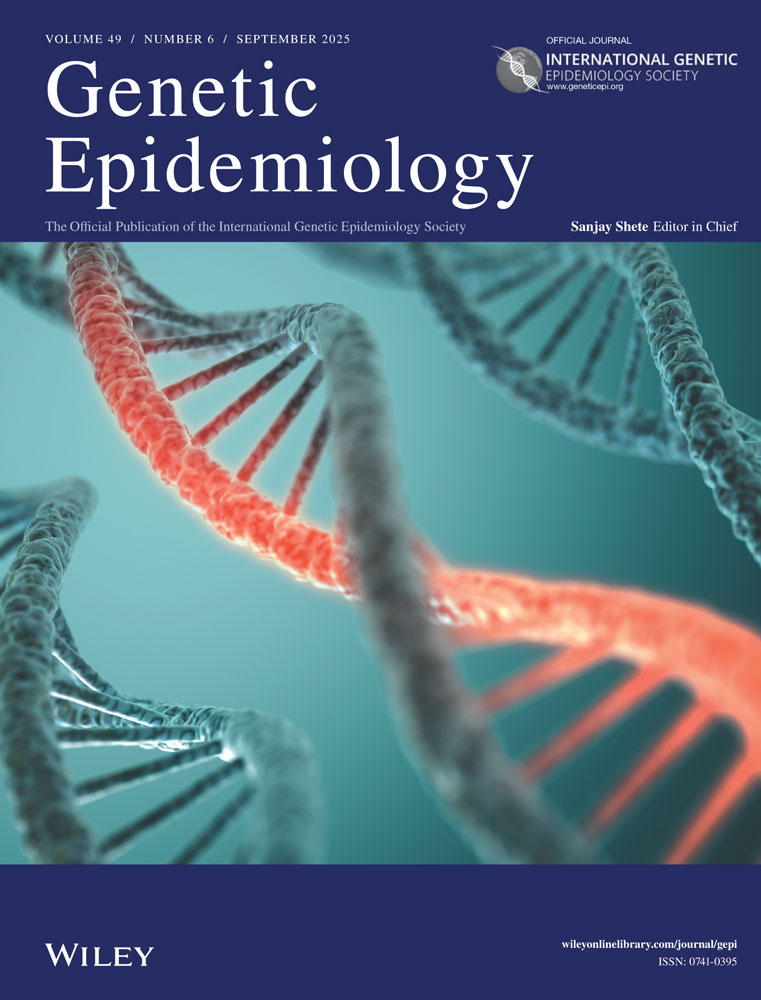Dementia among elderly apolipoprotein E type 4/4 homozygotes: A prospective study
Abstract
The E*4 allele of the apolipoprotein E (APOE) gene on chromosome 19 has been shown to be an age- and dose-related risk factor for Alzheimer's disease. Of 870 elderly women participating in an osteoporosis study, 13 were previously found to be homozygous for the APOE*4 allele; 1 was deceased and the rest were assessed for dementia in a “piggyback” study of dementia. One had moderate [clinical dementia rating (CDR) = 2], 2 had mild dementia (CDR = 1), and 2 had possible dementia (CDR = 0.5). All 3 women over 80 years were definitely demented (CDR ⩾ 1).
Typically, genetic studies of Alzheimer's and other dementias require the identification and diagnosis of large numbers of demented subjects, at considerable expense, followed by genotyping or phenotyping with a relatively low yield of individuals with rare alleles. We demonstrate a more cost-effective approach in which the population is first phenotyped and then stratified by phenotype, so that diagnostic evaluation can be restricted to individuals with the phenotype of interest. ©1995 Wiley-Liss, Inc.




